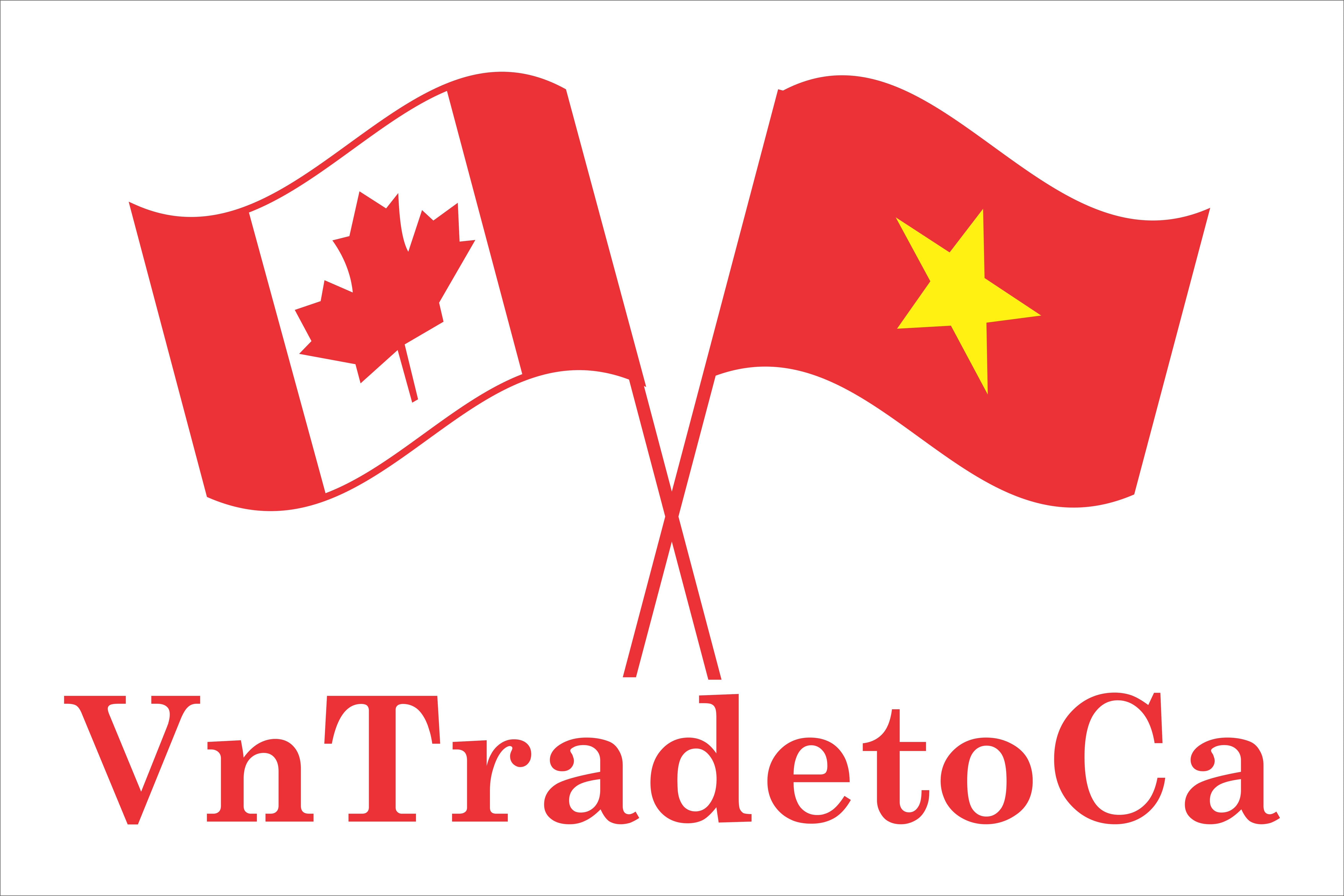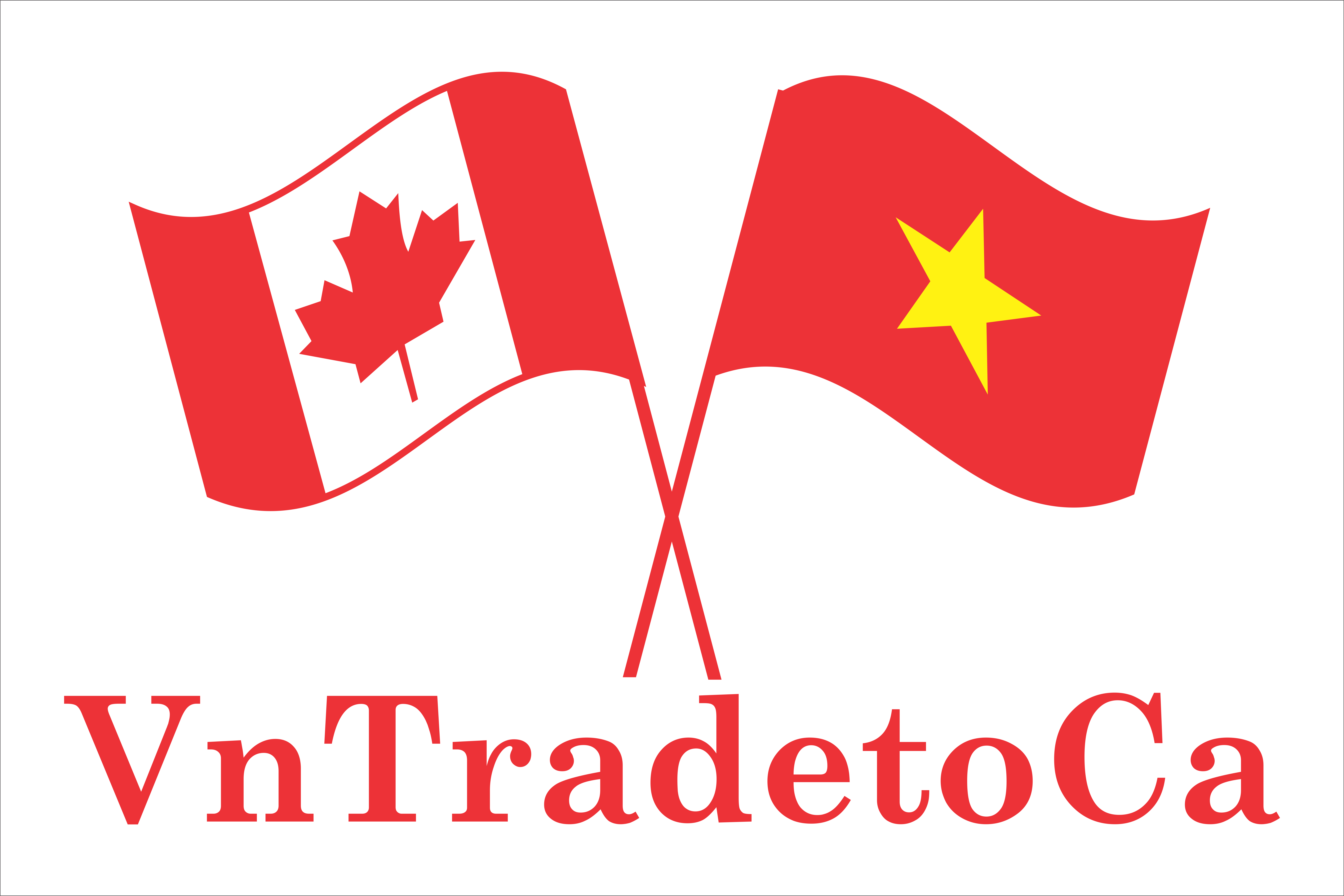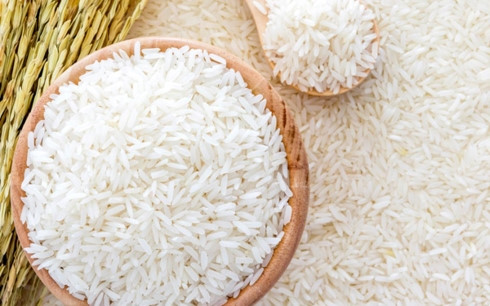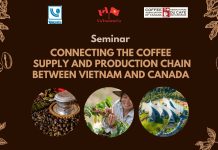Vietnamese rice exports in 2020 are expected to be more prosperous thanks to a series of free trade agreements (FTAs) coming into force, after plummeting in both export volume and value in 2019.
Opportunities from FTAs
As one of the leading rice exporters, in recent years, Loc Troi Group has promoted sustainable rice production and export by building closed rice production chains. Nguyen Tien Dung, Deputy Director of Food Trade Department under Loc Troi Group, said that to meet the increasing requirements of the market, his group has developed rice production value chains, built raw material areas and formed large-scale fields in various localities in the Mekong Delta with the support of agricultural engineers who live and work directly with local farmers. In addition, the group has also closely associated with new-style cooperatives to strictly control multiple rice production processes, including cultivation, sorting harvested rice, rice processing at factories and exporting.
Targeting only exporting high quality and pure rice, Loc Troi has gradually reduced the volume of rice being packaged in big bags of 25 or 50 kg, and are mainly offering packaged products of 5-10 kg. This is the reason helping the group increasingly expand its market and improve export turnover in recent years.
Regarding the market opportunities brought about by the EU-Vietnam FTA (EVFTA) which has just been ratified by the European Parliament, Dung said: “The EVFTA may not cause a sudden increase in rice export turnover, but it will offer a huge opportunity to diversify the export market for Vietnamese rice. Making its entrance into one of the most demanding markets in the world is also an opportunity for Vietnamese rice to promote its brand and gain access to many other markets.”
Like Loc Troi, other rice exporters are expecting to expand their markets in 2020 after facing difficulties in 2019. Statistics from the Ministry of Industry and Trade showed that Vietnam exported 6.37 million tonnes of rice last year, worth US$2.8 billion, up 4.2% in volume and down 8.3% in value. However, in the first month of 2020, Vietnamese rice exports are showing more positive signs. Specifically, despite the break due to the Lunar New Year holiday, rice exports in January 2020 still reached nearly 560,000 tonnes, worth US$270.26 million, up 28.05% in volume and 38.38% in turnover compared to the same period last year.
Rice exports are also likely to grow well in the coming months, as, according to the latest report from the Foreign Agricultural Service under the US Department of Agriculture (USDA), the Philippines – the largest market of Vietnamese rice in 2019 – will continue to be the largest rice importer in the world with about 2.5 million tonnes of rice. In addition, Do Ha Nam, Vice President of the Vietnam Food Association (VFA) also stated that, in 2020, the prospects for rice exports are quite good as consumption in Africa is relatively positive.
Notably, this year, Vietnam earns some advantages due to the enforcement of several FTAs. In the framework of bilateral consultations with the Republic of Korea (RoK) on its tariff on rice products under the World Trade Organisation’s mechanism, Vietnam has signed two documents with the RoK related to the allocation of tariff quotas. Accordingly, starting from January 1 of this year, besides allocating a quota of 20,000 tons of rice to all the members of the WTO, the RoK gave a quota of 55,112 tonnes of rice for Vietnam only, including all rice varieties that the country is able to grow and export.
For the EU market, when EVFTA comes into effect, it will open a quota of about 40,000 tonnes of rice (out of the quota of 85,000 tonnes as committed) for Vietnam. This is a great opportunity for various types of Vietnamese rice, especially high quality and organic rice, to enter into this market.
In addition, after more than a year of implementing Decree No. 107/2018/NĐ-CP on rice export business, the Ministry of Industry and Trade has granted 47 additional certificates of eligibility for rice exporters, raising the number of rice export traders to 182, thus creating opportunities for businesses to participate in rice exports in the context that multiple FTAs have been prepared to take effect.
Not to be subjective
The opportunities are there, but the difficulty is not over. Currently, drought and salinity which has occurred in the Mekong Delta is directly affecting rice production. In February 2020, rice exporters did not have any major centralised contracts. In particular, the COVID-19 epidemic remains complicated and has laid a strong negative impact on rice export activities as rice export transactions from Vietnam to China facing many difficulties.
However, in a positive perspective, in the recent years, China has stepped up investment in agriculture to become a rice exporting country, but the epidemic has reduced the supply of rice from China, thus opening opportunities for Vietnamese rice to dominate the export markets that Chinese rice exporters leave behind.
In order to take advantage of opportunities to promote rice exports in 2020, Deputy Minister of Industry and Trade Tran Quoc Khanh noted that enterprises should pay attention to insurance when signing contracts to avoid risks. In addition, they should also focus on maintaining the Filipino market by meeting the standards given by them.
VFA Vice President Do Ha Nam suggested that the rice industry develop new types of rice with high quality and prestigious brands, in addition to focusing on production and brand building and promotion. From the “fever” of the ST25 rice variety – the world’s best rice as recognised by The Rice Trader, it can be learned that consumers are increasingly interested in high-value, reputable rice products on the market. The snowball effect from ST25 has helped the consumption of the ST24 rice variety to improve strongly, resulting in higher prices, from VND22,000 per kg up to VND34,000-35,000 a kg. Therefore, businesses need to strongly invest in researching new seeds, as well as producing fragrant rice products with high profits, instead of growing ordinary white rice at lower value.
In the long term, experts recommended that the restructuring of rice production, as well as other agricultural products, should follow market signals to guide production planning and organisation, as well as strengthen linkages along the value chain covering production, consumption and exports, aiming to stabilise consumption activities at a beneficial price to farmers to help increase their income.
Source: Nhan Dan Online







